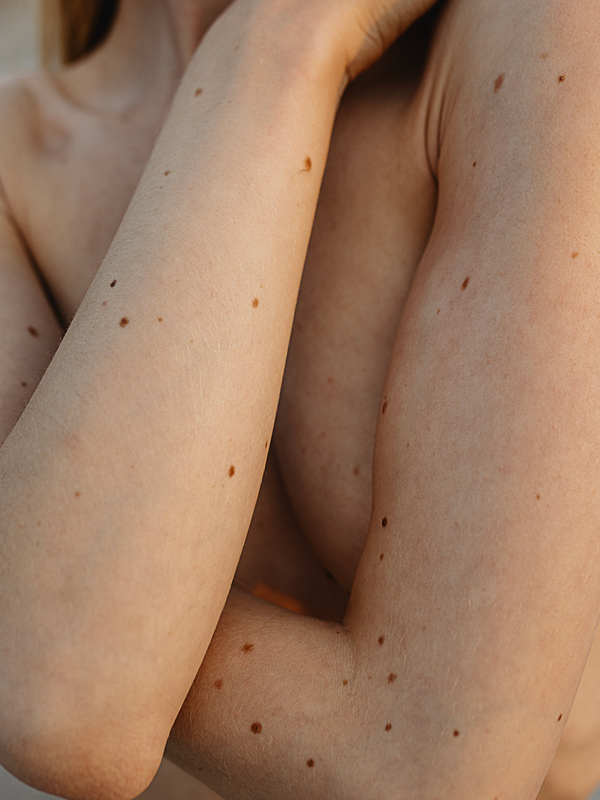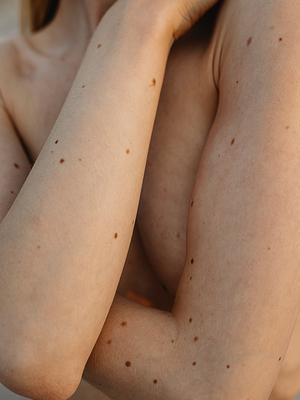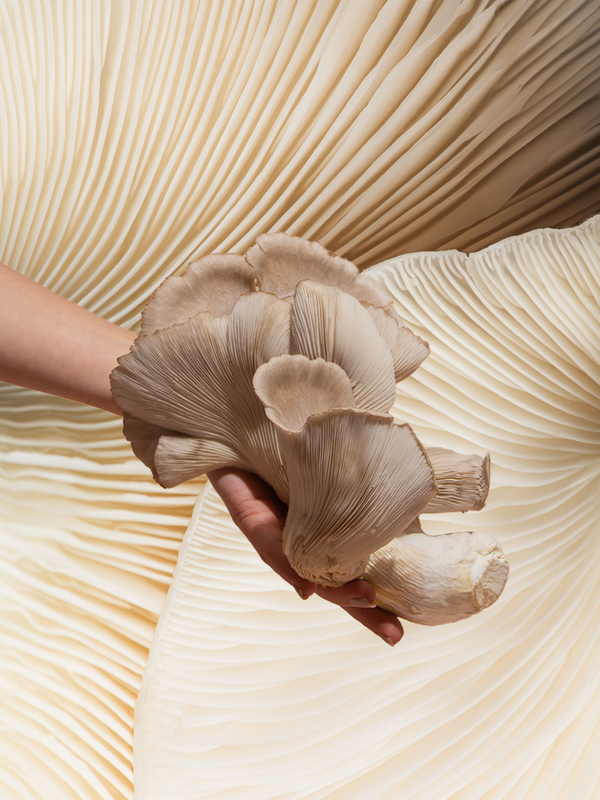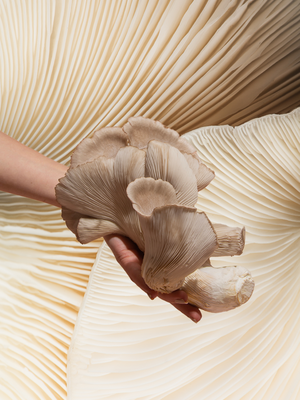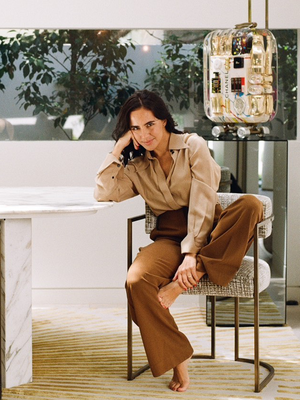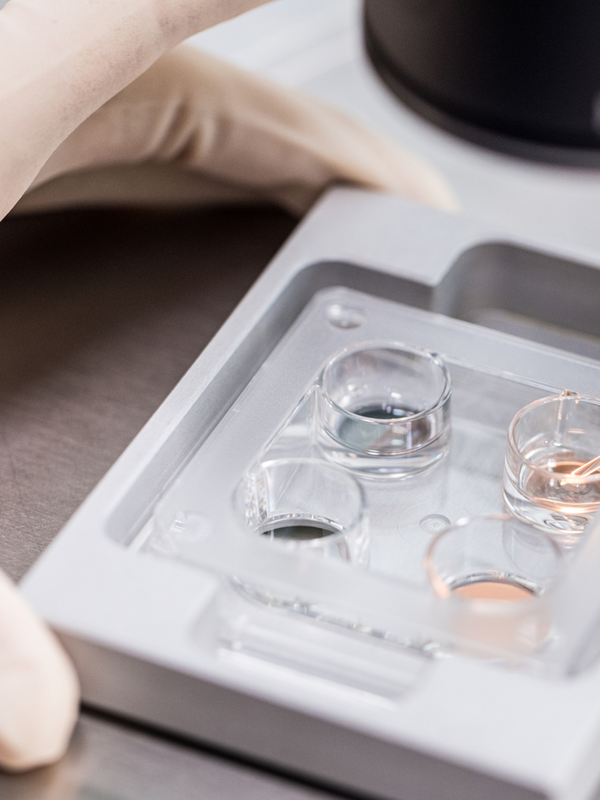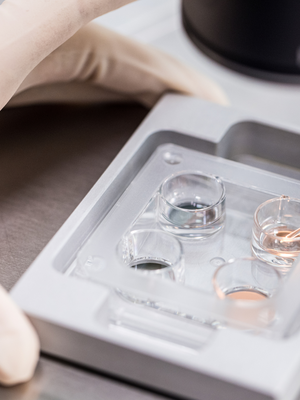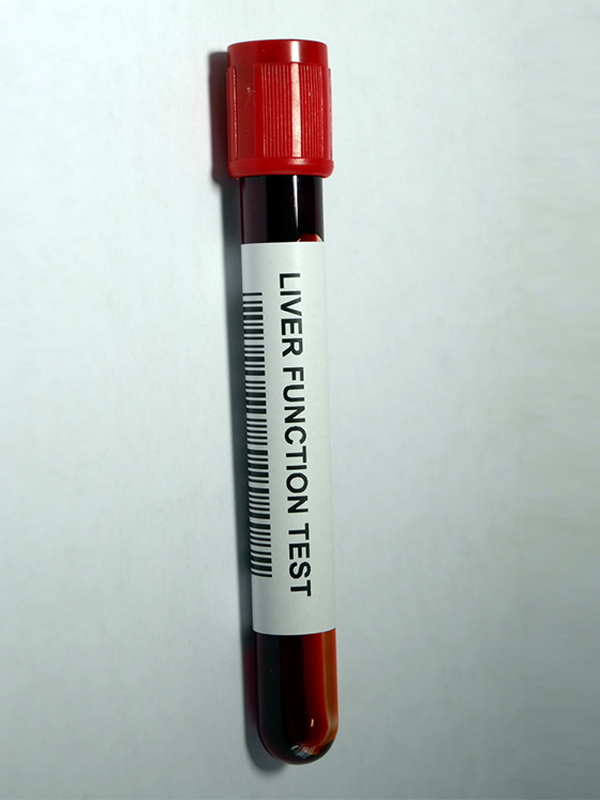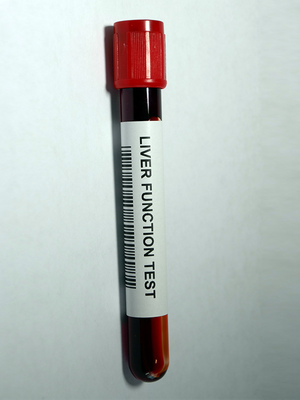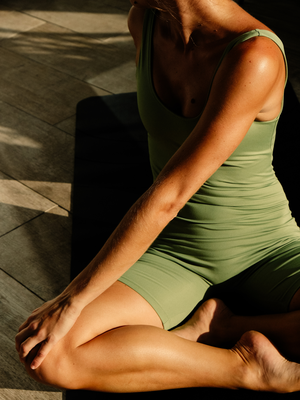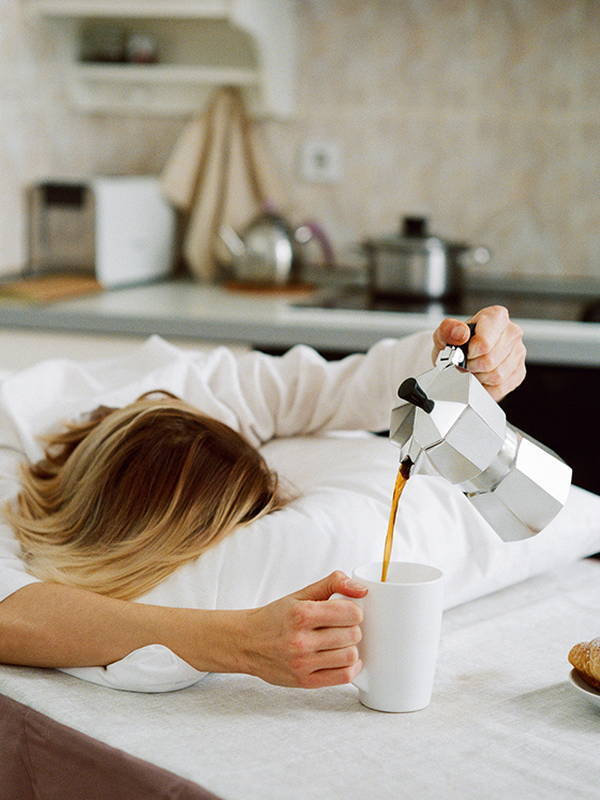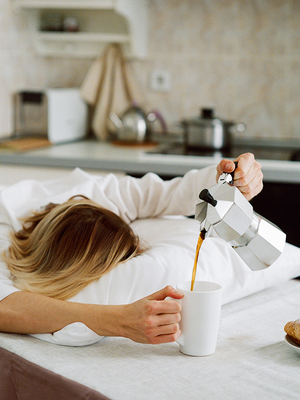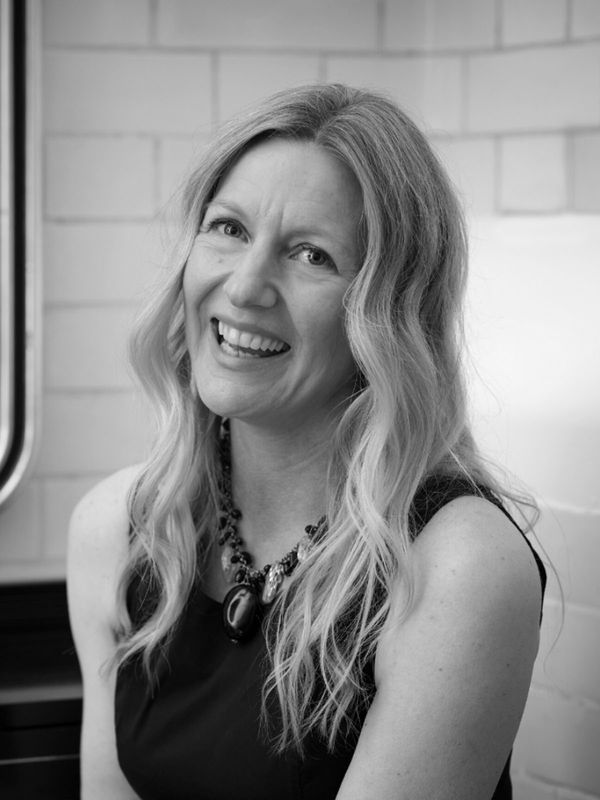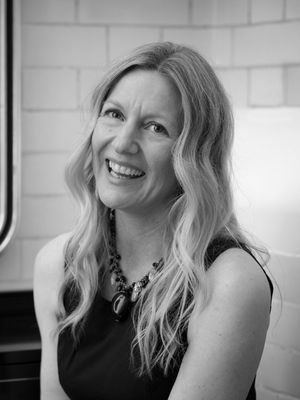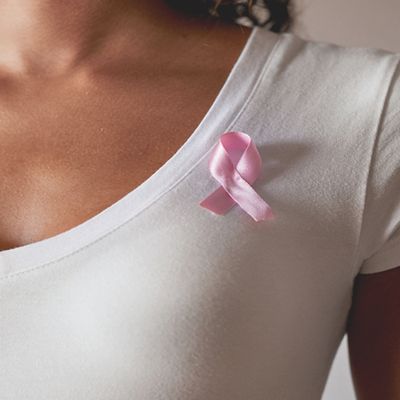
How To Check Your Breasts
Be Breast Aware
There’s no right or wrong way to check your breasts, but it’s important to know how they usually look and feel. That way, you can spot any changes quickly and report them to your GP. Every woman’s breasts are different in terms of size, shape and consistency. It’s also possible for one breast to be larger than the other. Get used to how your breasts feel at different times of the month as they can change during your menstrual cycle. For example, some women have tender and lumpy breasts, especially near the armpit, around the time of their period. After the menopause, breasts can feel softer, less firm and not as lumpy.
Check Your Breasts
CoppaFeel recommends checking your breasts at least once a month (they’ve even set up a game-changing SMS service, which texts you a reminder every month). Many people find it easiest to do this in the shower or bath, by running a soapy hand over each breast and under each armpit. You can also look at your breasts in the mirror – look with your arms by your side and also with them raised to spot any irregularities.
Look Out For These Signs
Lumps are vital to look out for but more often than not they are benign (not cancerous), so there are other important signs and symptoms to check for too. See your GP if you notice any of the following changes:
-
A change in the size, outline or shape of your breast.
-
A change in the look or feel of your skin, such as dimpling.
-
A new lump, thickening or bumpy area in one breast or armpit that is different from the same area on the other side.
-
Nipple discharge that’s not milky.
-
Bleeding from your nipple.
-
A moist, red area on your nipple that doesn’t heal easily.
-
Any change in nipple position, such as your nipple being pulled in or pointing differently.
-
A rash on or around your nipple.
-
Any discomfort or pain in one breast, especially if it’s a new pain and doesn’t go away (pain is only a symptom of breast cancer in rare cases).
Always See Your GP
If you find any changes in your breasts that aren’t normal for you, it’s always best to see your GP as soon as possible. If cancer is detected, then appropriate treatment should be planned as quickly as possible. Most cases of breast cancer are first discovered through self-checking, so take control of your health and make an effort to check your breasts on a monthly basis.
To sign up to CoppaFeel’s monthly text checking reminder, click here. For more information visit CoppaFeel.org
